Mind Over Material
This article is not intended to make light of Singapore’s wartime history (1942 - 1945), including the hardship and atrocities experienced by the soldiers and civilians interned as POWs for their service in the defence of Singapore. The lives bearing this testimony of history are to be solemnly and gratefully respected and remembered.
There is a little piece of Singapore’s history pocketed in the Changi Chapel & Museum, that zooms in on the artwork of some of the internees of the Changi Garrison, “Creativity in Adversity”. Despite malnutrition, disease and cramped, unsafe/unsanitary living conditions, the internees did their best to maintain their morale, another essential for survival. Sourcing and improvising what little stationery and material they had, the internees sketched, painted and wrote. While the artwork depicts the artists’ perspectives of their environment, they also frame the understated contextual physical and mental hardship of the artists’ confinement.
Imagine, as an internee, possessing one of the few pencils in circulation within the prison. Of all the things you could do with that pencil for the time that you have it, including writing a diary or a letter to your family, you decide to draw. What picture would you have committed to paper? The Changi Chapel & Museum displays such a commitment on part of the internees.
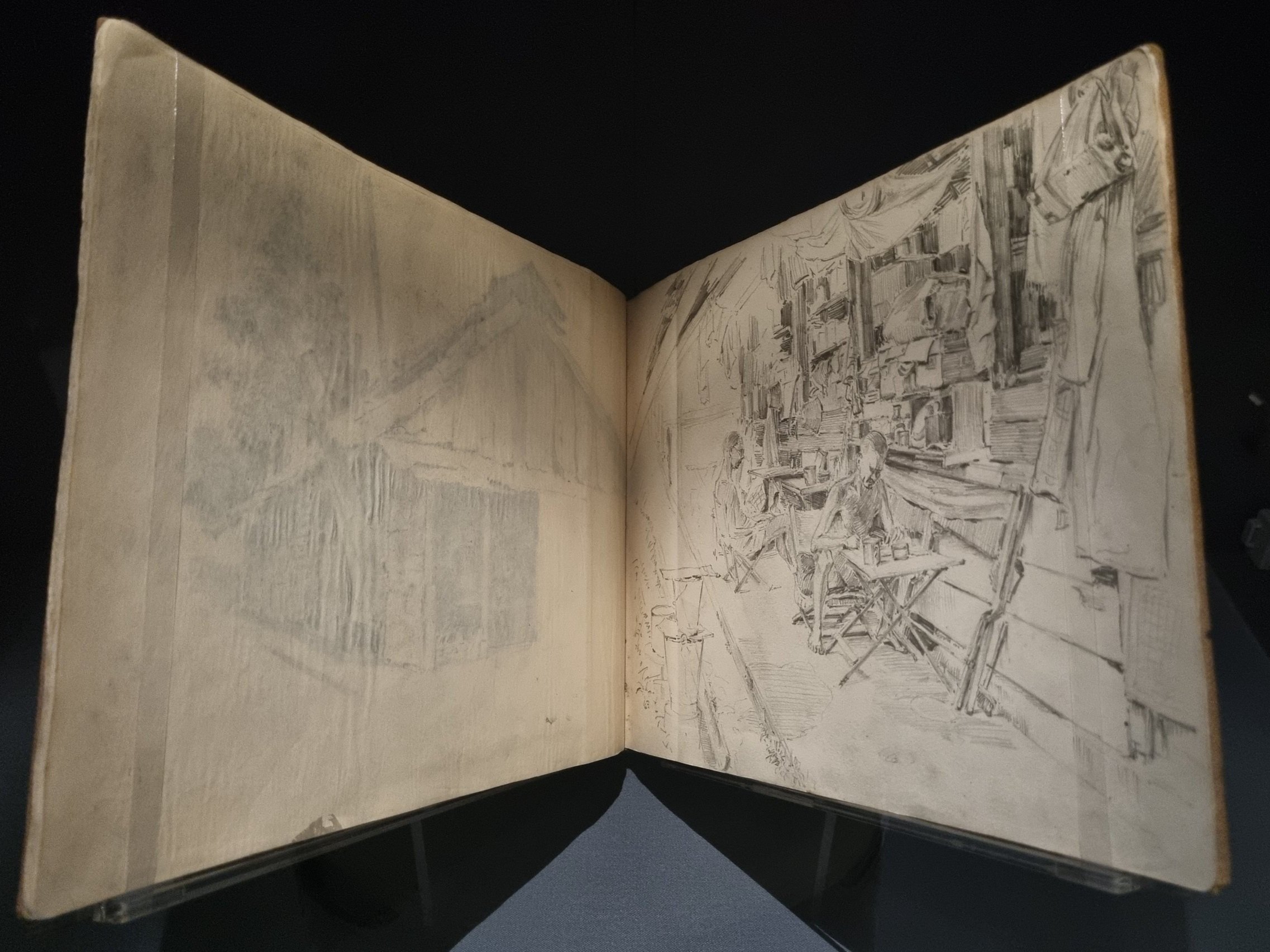

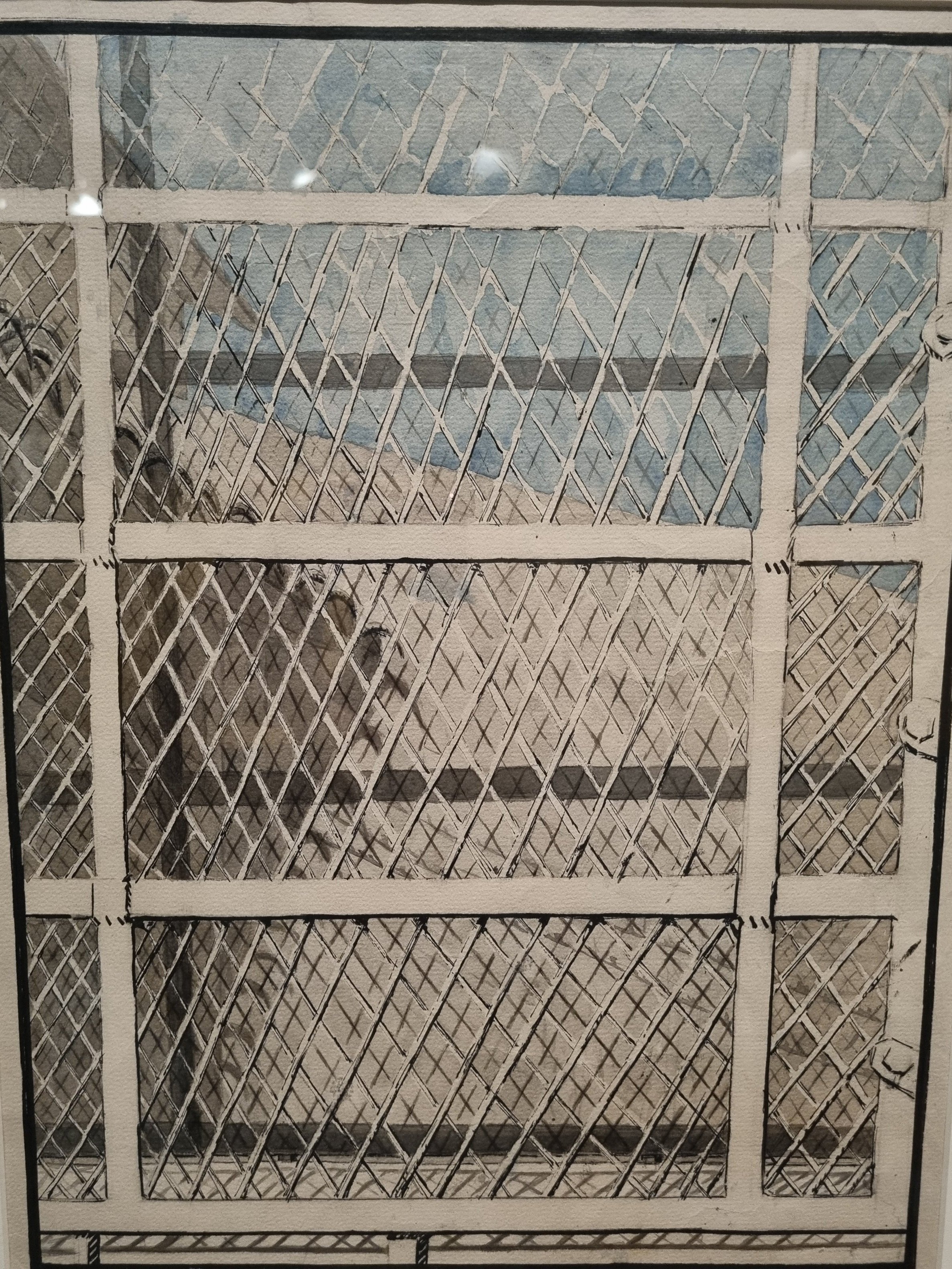
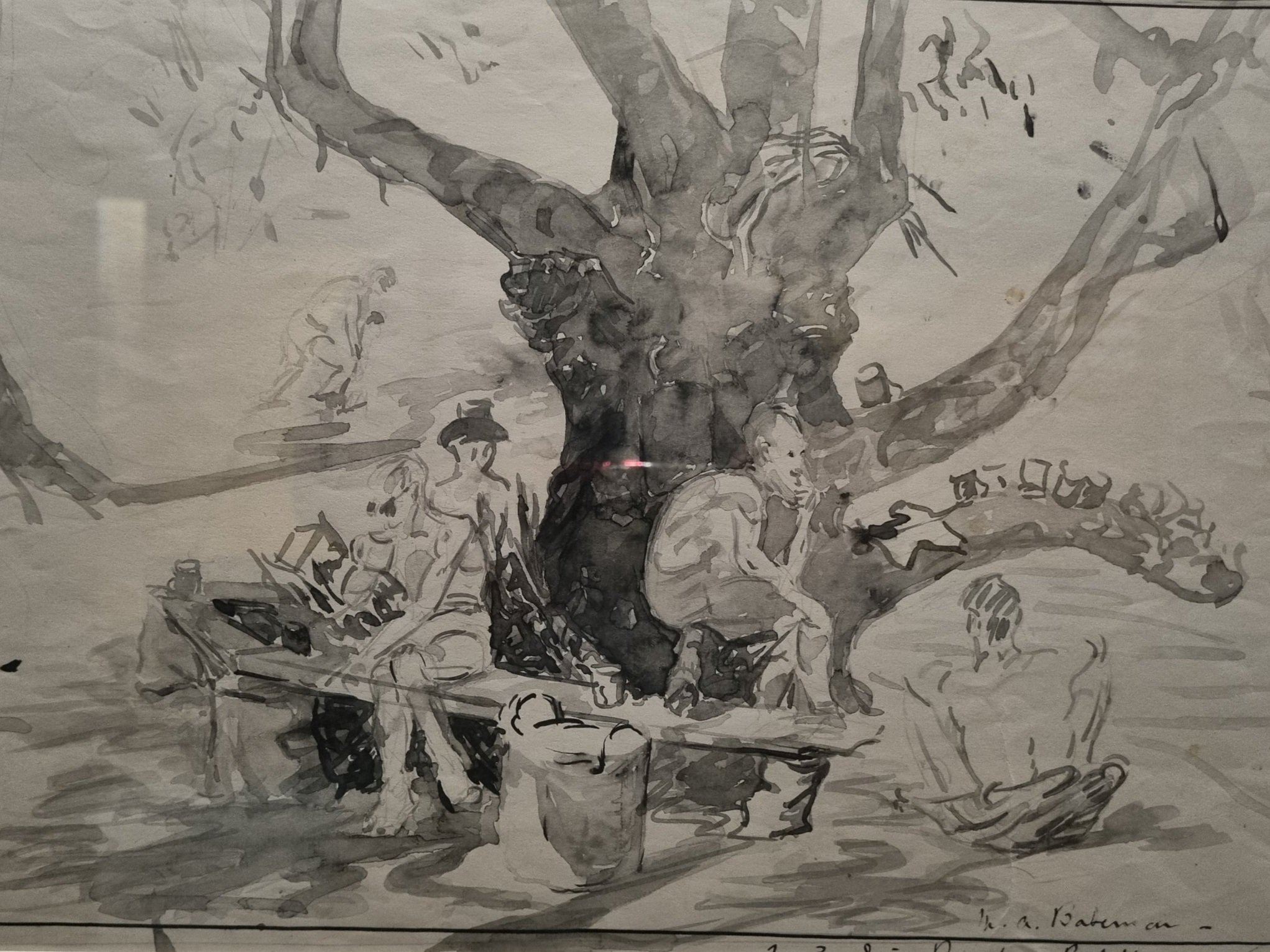
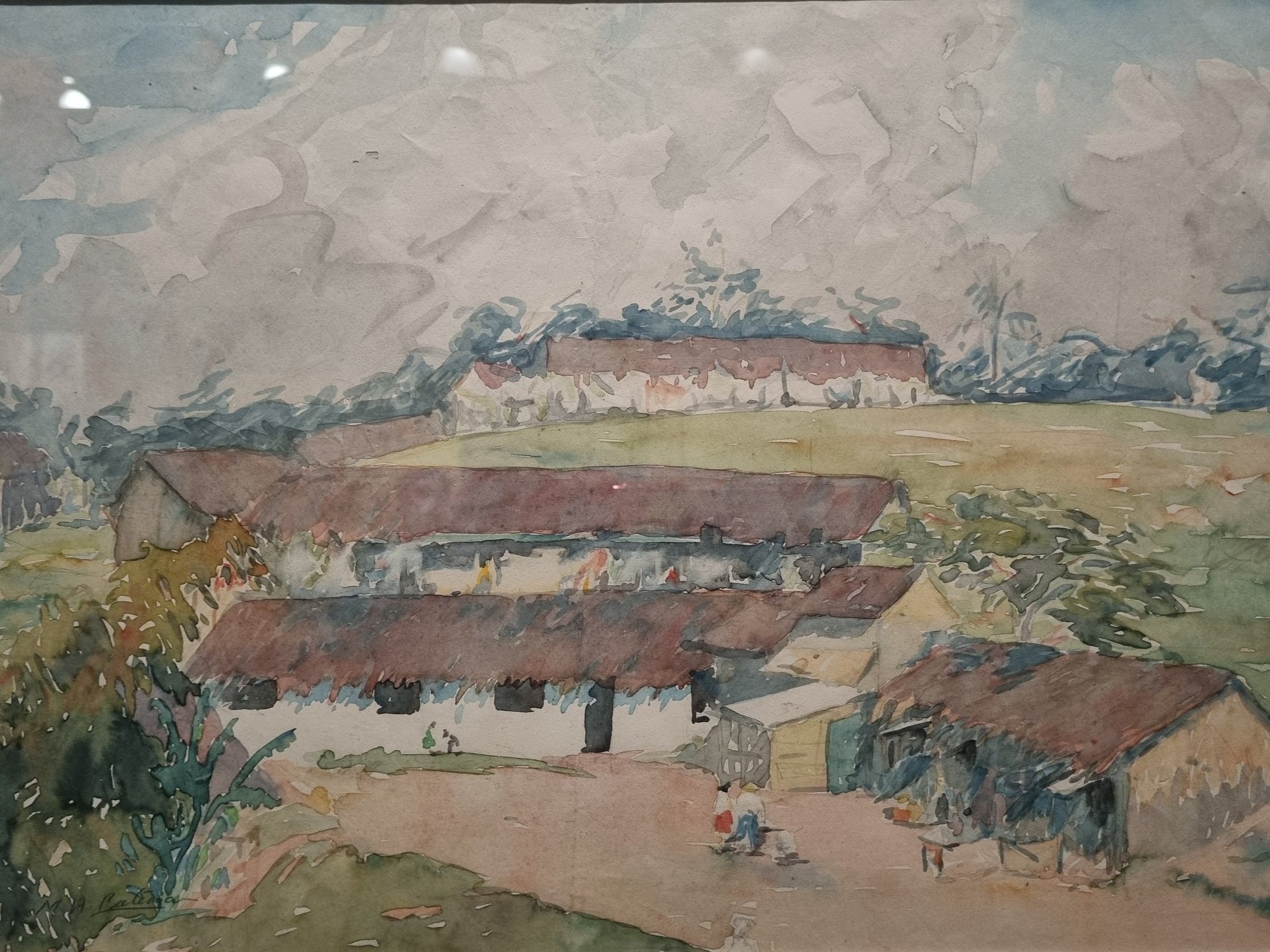
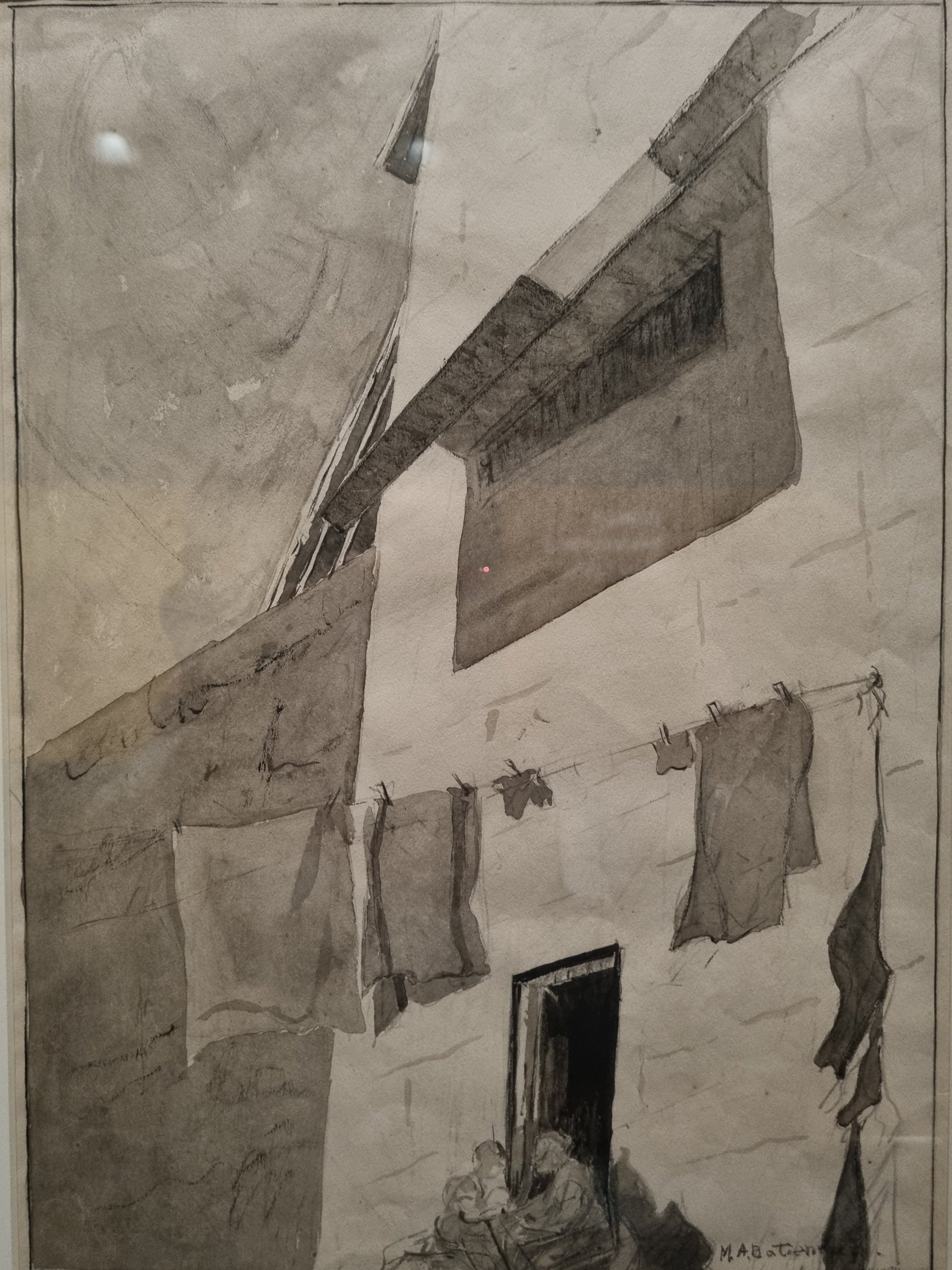
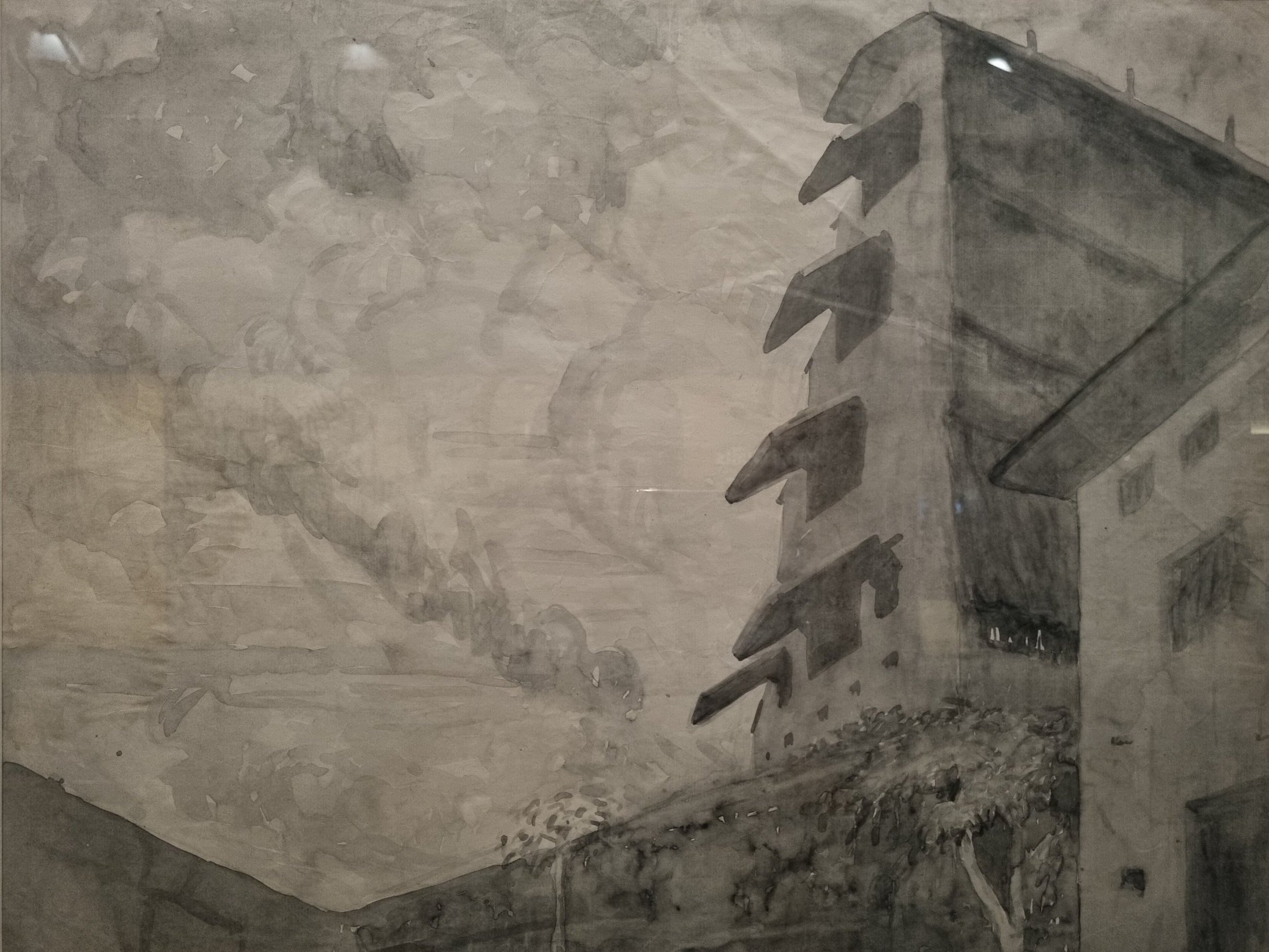
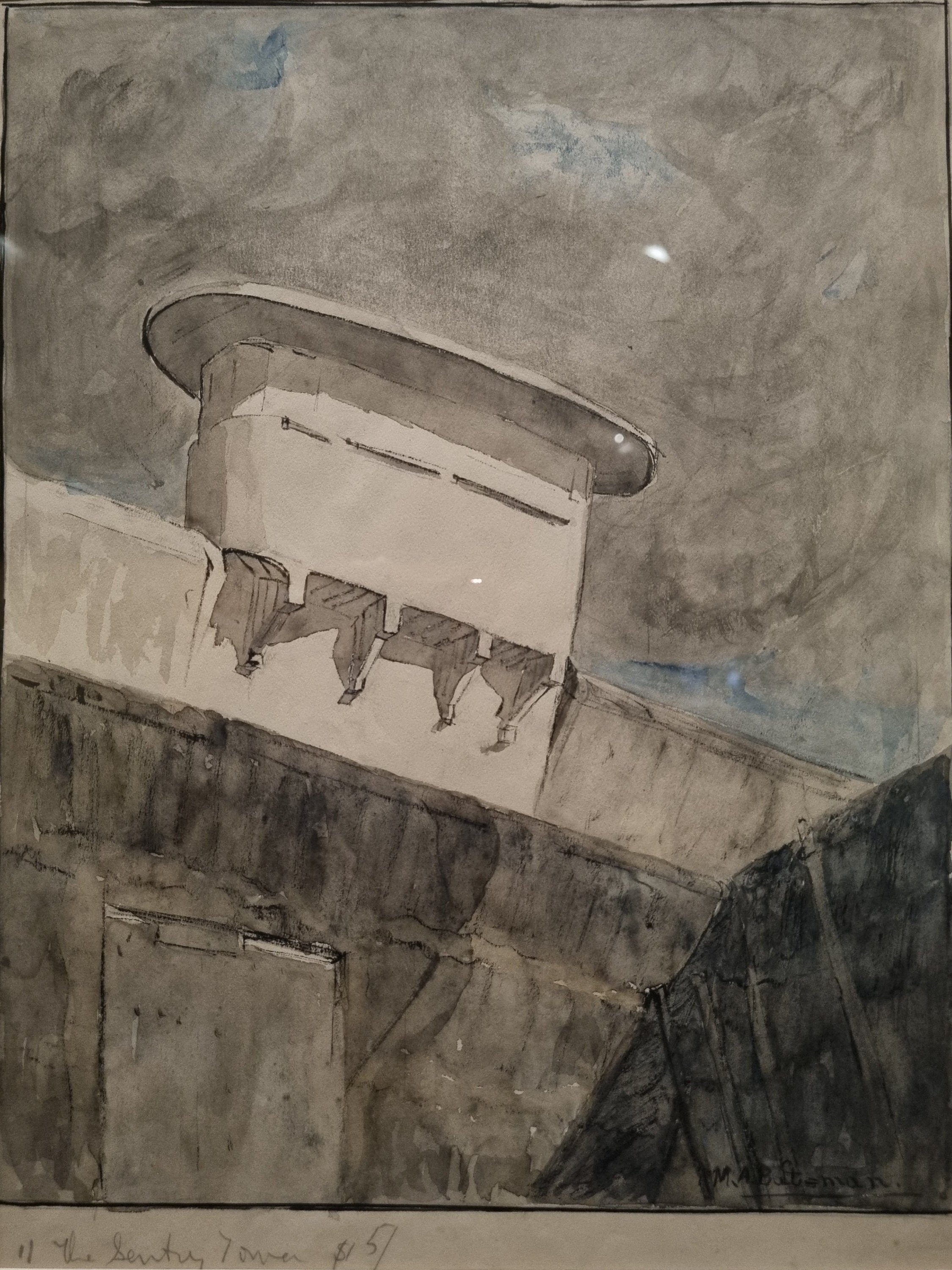
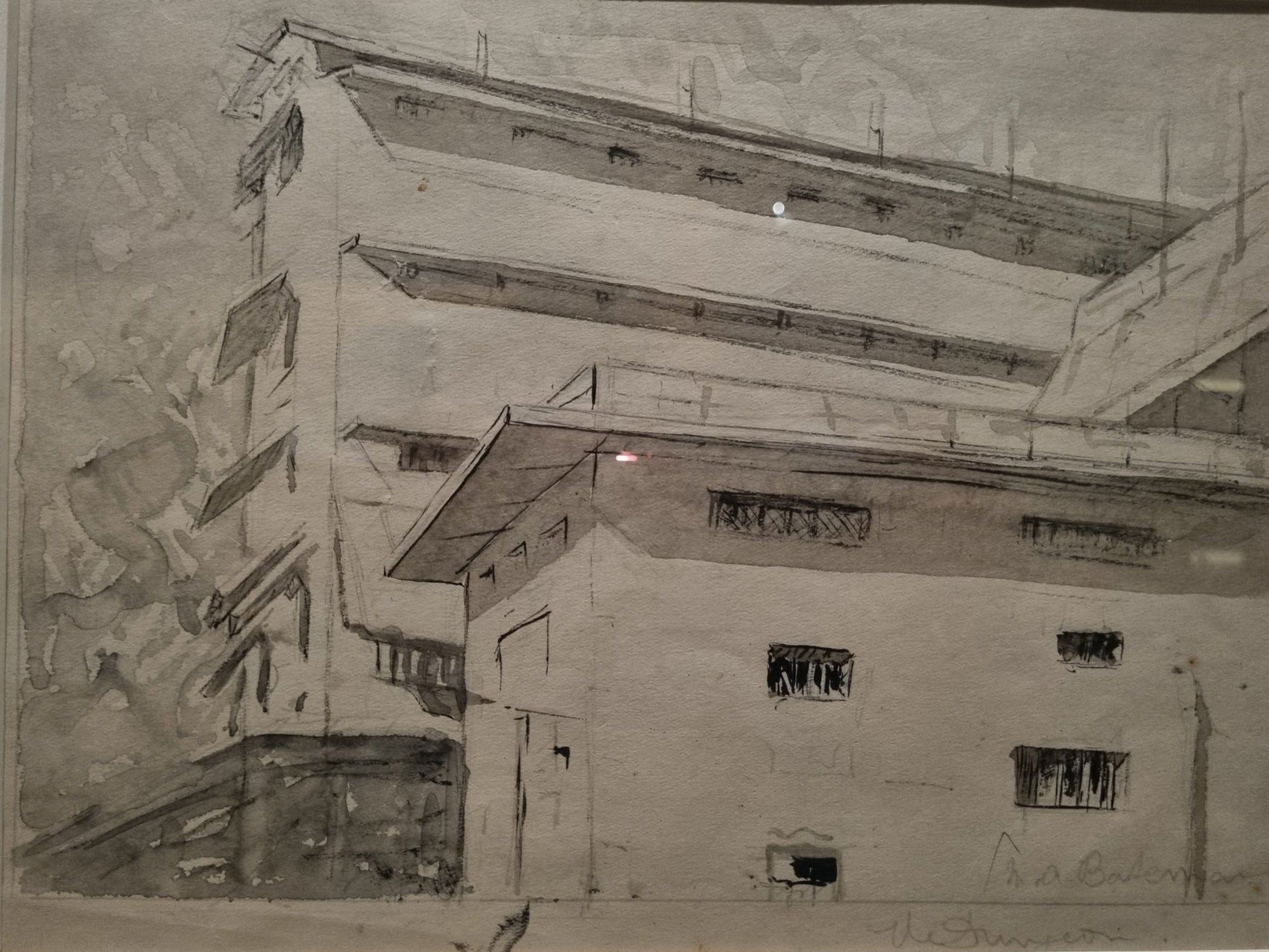


The internees’ remarkable pieces were borne of their adverse environment, a testament to their creativity overcoming scarcity. It defies almost all expectations that anyone would think to conceive such artwork under such conditions. And yet, these pictures exist in subtle triumph over their artists’ adversity. This, in my view, is what makes them amazing.
On a personal tangent, my mentor once told me that if we had all the time, budget, technology and/or manpower (collectively, “resources”), what value-add are we? Anyone with everything could do anything, but this wouldn’t be amazing. Rather, it’d be an expectation. Her point was to impress with what we could accomplish with the relatively little resources we had and, in so doing, to entice that any additional resources invested in us (over others) would yield even better results in kind. (The biblical parable of the talents comes to mind.) All things being equal, the ones more likely to impress are those who defy expectations.
Creatives, like all professionals, perform within resource restraints. While frustrating at times, such limitations are known to test and show one’s professional mettle. It’s evidently not the same scarcity experienced by the internees, but where creatives are similar is that they delve into the realm of possibility: What’s the best you can do with what you have in the time given to you?
Ample resources do not guarantee good results, although we can’t deny it’d surely help. However, it’s almost guaranteed that a lot of it would go to waste or be spent frivolously when put in the hands of the ignorant, apathetic or unprofessional. This is not to say innovation only occurs through scarcity or imply that creatives should be bereft of resources in order to perform well. Creating something from nothing is clearly unrealistic. Rather, good results are predicated primarily on the creative’s expertise, including the assessment, utilisation and management of resources: to transmute that which is ordinary to something extraordinary. Any resources placed here serve to amplify this quality.
It’s important for creatives to understand their value/worth in this regard. The amount of resources given to or expected by a creative for one’s service cannot become a race to the bottom. The creative’s competitive edge should be discussed in terms of such expertise and not only in terms of cost. In turn, this helps the overall perception of/respect for the profession and would foreseeably satiate the long-term drive for innovation.